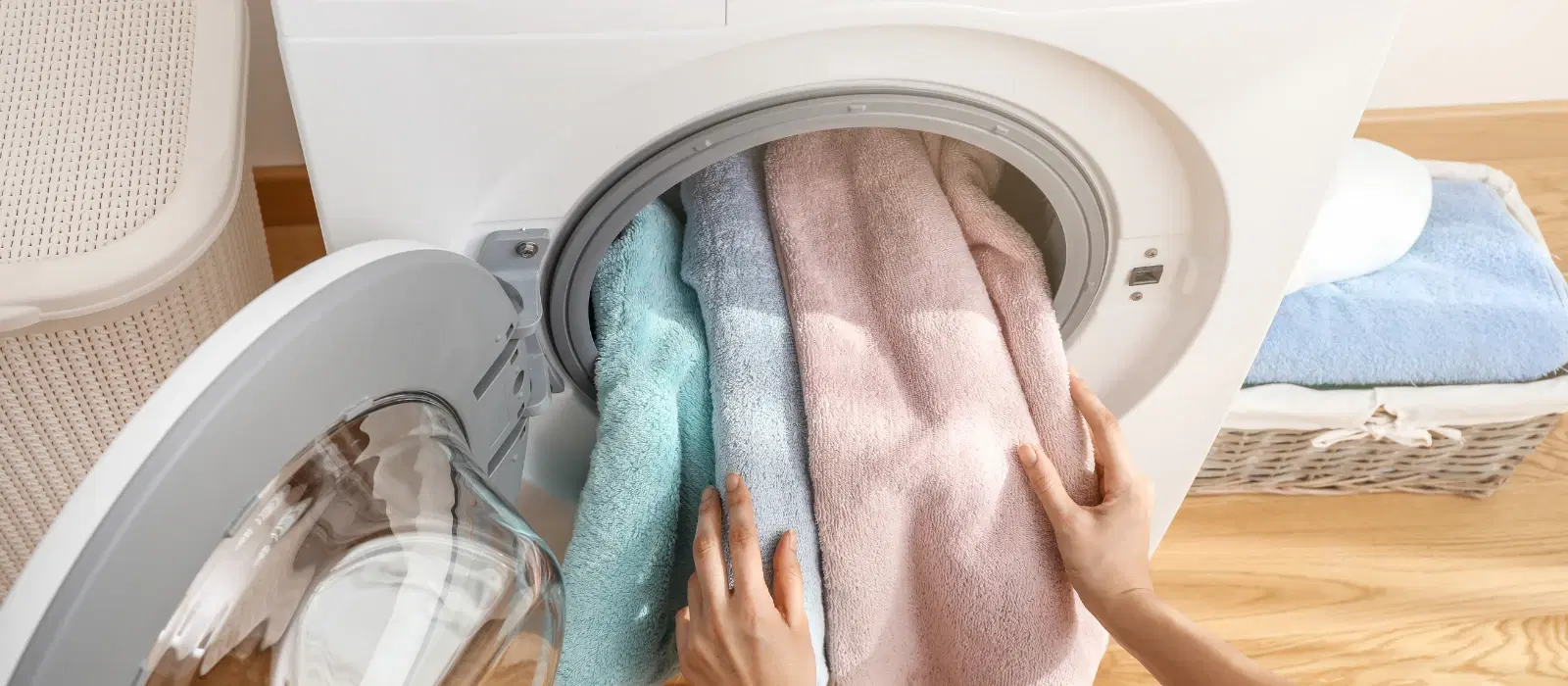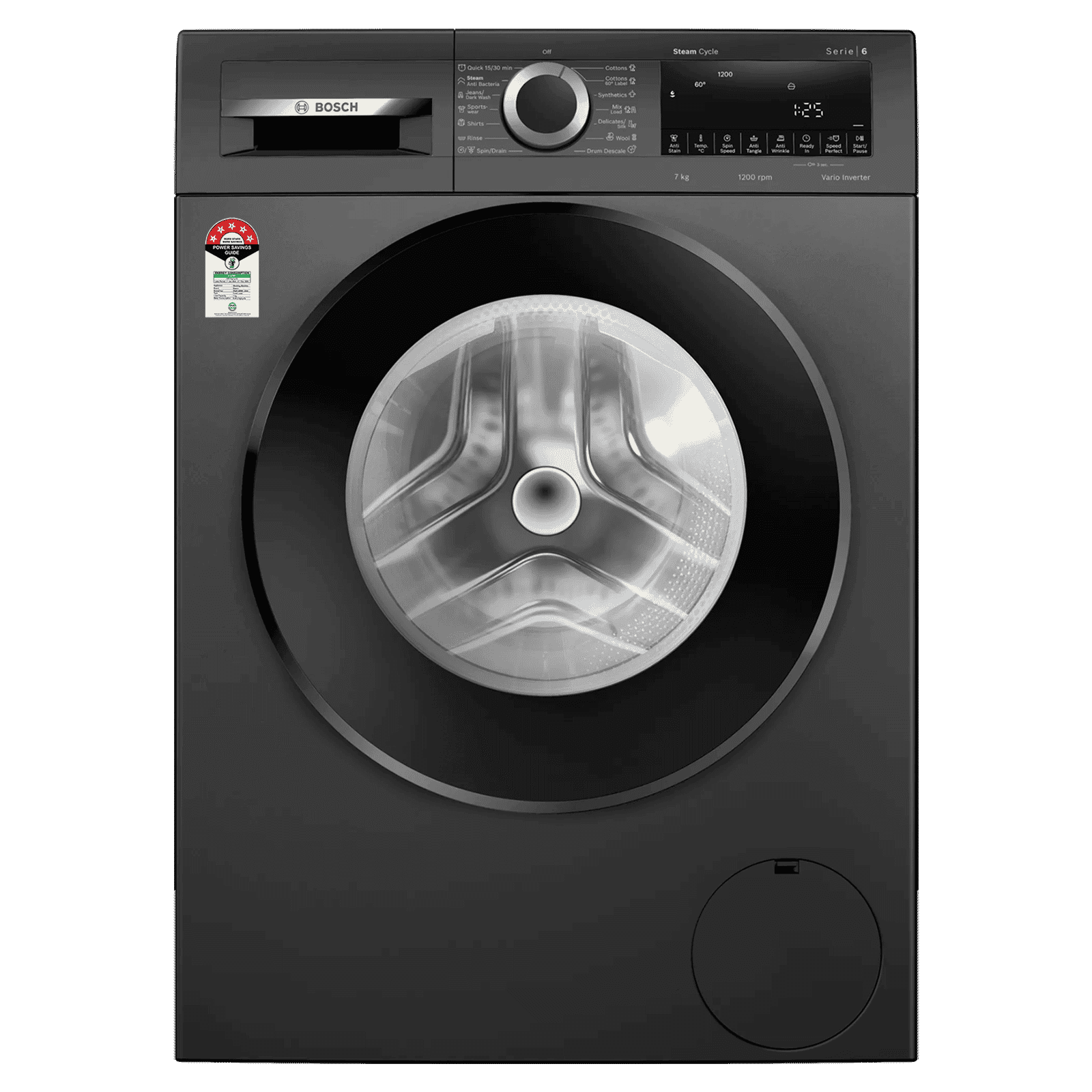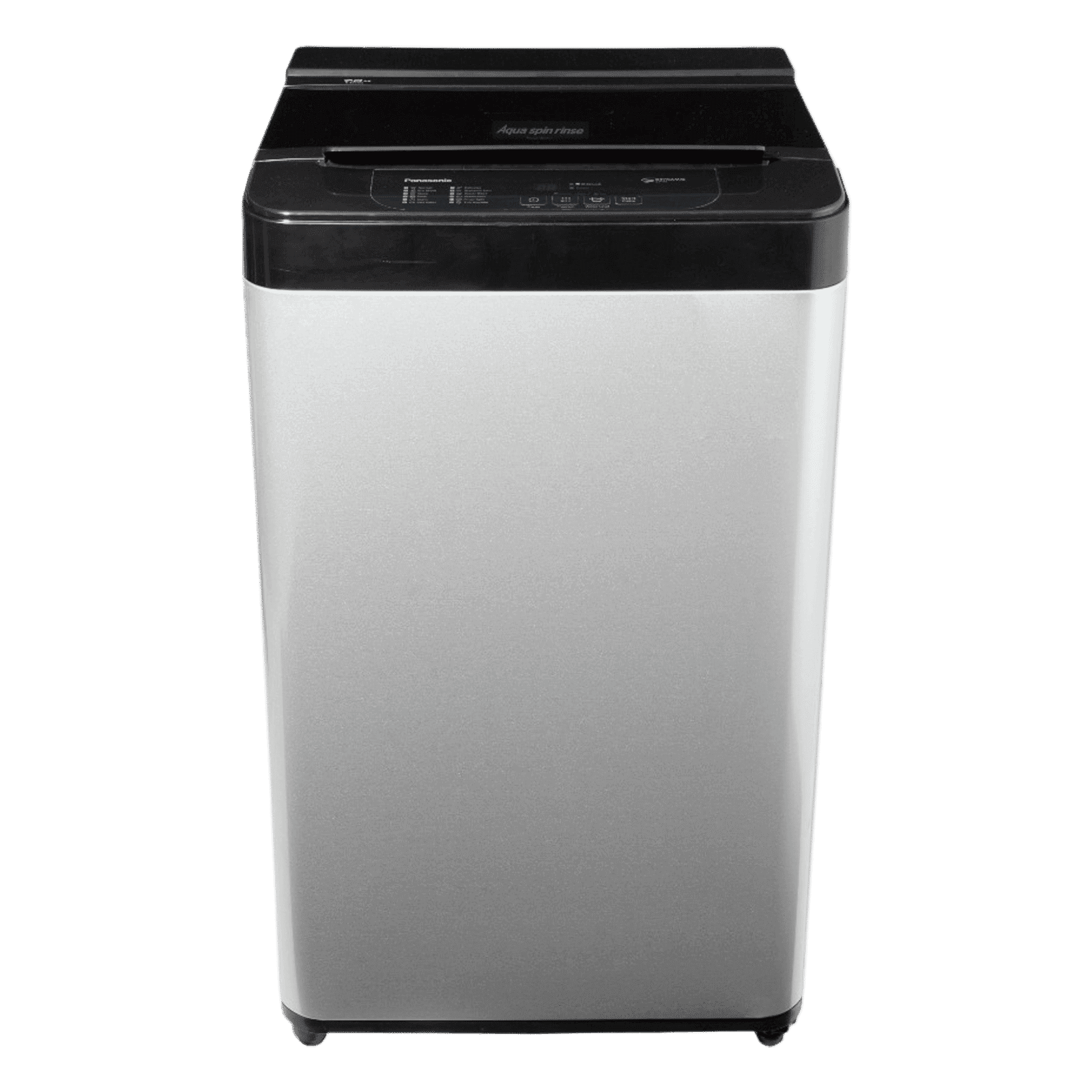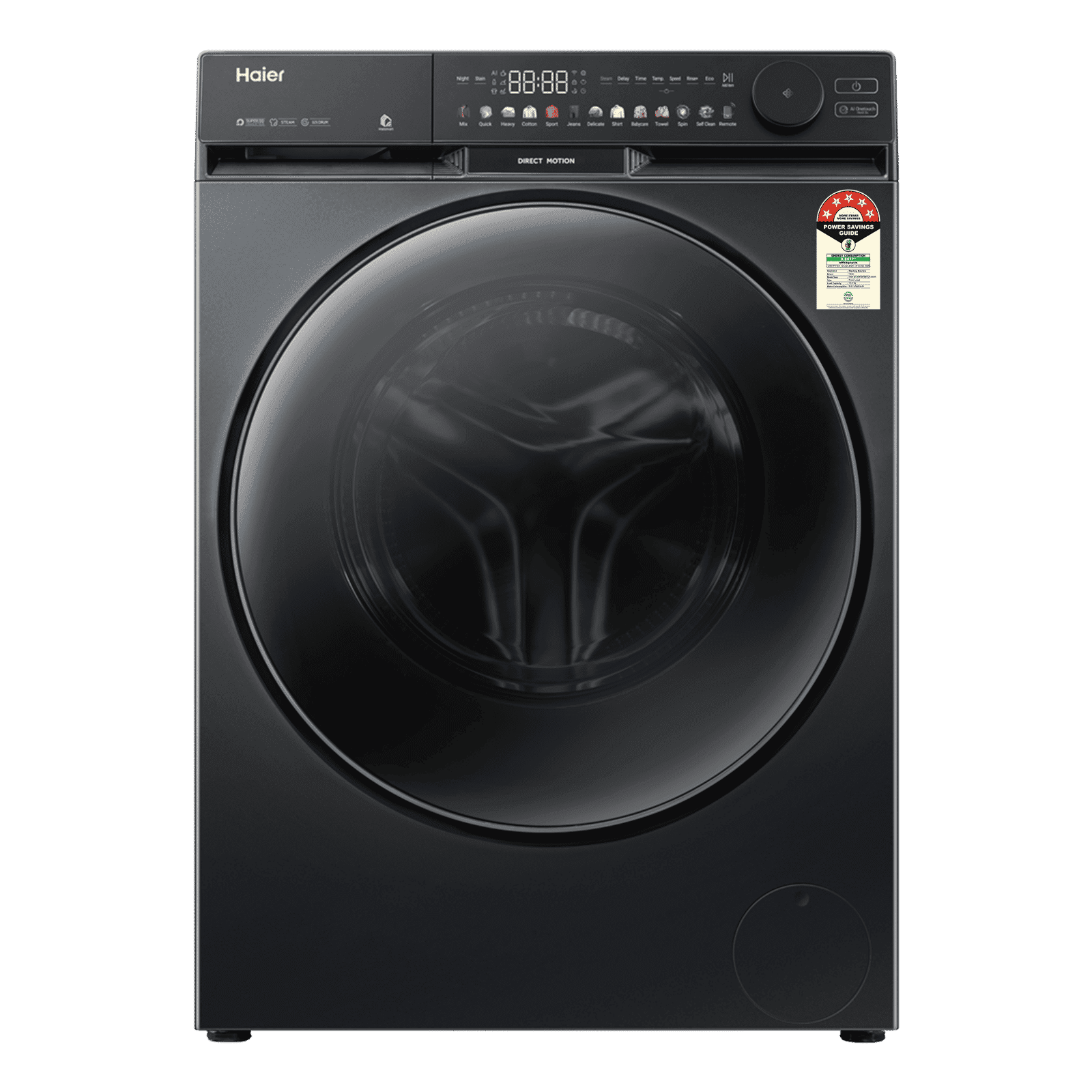
Home Appliances
•04 min read

Buy BOSCH 7 kg 5 Star Fully Automatic Front Load Washing Machine (Series 4, WGA12208IN, Anti Stain Program, Black) online at best prices from Croma. Check product details, reviews & more. Shop now!
Imagine owning a washing machine that saves space, cuts down on energy bills, and offers superior cleaning results—yet it comes with a higher price tag. Many households wonder why front loading washing machines are more expensive compared to their top loading counterparts. In this post, we explore the reasons behind the cost differences, delve into the benefits of front loaders, and answer some frequently asked questions to help you decide if this investment is right for your home.
The design and engineering of front loading washing machines drive up their price. Manufacturers use advanced technology, robust materials, and precision manufacturing processes to create a product that not only cleans clothes more effectively but also stands the test of time. This means a higher initial cost, but it is reflective of the quality and efficiency the machine brings to your home.
Several elements add to the overall cost. Key factors include intricate engineering, modern design features, and adherence to strict energy efficiency certifications. This investment in quality often results in enhanced durability and long-term performance. You benefit from an appliance that uses less water and power, lending itself to significant savings over time.
One of the most compelling reasons to choose a front loader is its energy efficiency. These machines require less water and power than top loading models, which can lead to reduced energy bills. Over time, the savings add up, making the upfront extra investment worthwhile.
Front load washers are built to last. Their sturdy construction and premium components mean they tend to have a longer operational life. This durability results in fewer repairs and maintenance costs over time, further justifying the initial expense.
The compact design of many front load washers makes them ideal for urban homes and apartments where space is at a premium. Their ability to be stacked with a dryer adds to their appeal for small spaces without sacrificing performance or convenience.

Buy Panasonic 7 kg 5 Star Fully Automatic Top Load Washing Machine (C3 Series, NA-F70C3LRB, Active Foam System, Sizzling Silver) online at best prices from Croma. Check product details, reviews & more. Shop now!
Front load washing machines are known for their superior cleaning efficiency. The tumbling action they use is gentler on fabrics, reducing wear and tear on your clothes while ensuring a deep clean. Enhanced technology features, such as smart controls and specialised wash cycles, mean your garments are treated with extra care.
Maintenance is a key consideration when choosing a washing machine. While front loaders might require routine cleaning of their door seals to prevent mould buildup, their overall maintenance costs are often lower in the long term due to fewer mechanical issues. This attention to quality in manufacturing results in a product that needs less frequent repairs compared to some top load alternatives.
Although the purchase price of front load washers is higher, it is important to consider the long-term savings they offer. Lower utility bills through better energy efficiency, extended product life and fewer repairs contribute to cost savings over the years. Prospective buyers are encouraged to weigh the upfront cost against these long-term benefits.
Front loading models often come equipped with premium features that elevate the washing experience. Features such as smart controls, integrated steam cleaning options, and allergen removal functions provide a level of sophistication that goes beyond simple cleaning. These added capabilities make them attractive to tech enthusiasts and families alike by addressing both practical needs and lifestyle aspirations.
Cutting-edge innovations such as inverter technology, noise reduction systems, and specialised eco-modes are standard in many front load washers. These advancements ensure that the machine operates efficiently while delivering a quieter performance, making them ideal for open-plan living environments. The integration of technology further emphasises the device’s high-end appeal, justifying the increased cost.
Insight Corner: "Did You Know?"
Front load washing machines can save up to 50% more water and energy compared to top load washers, making them a greener choice for eco-conscious households.

Buy Haier 12 kg 5 Star Wi-Fi Inverter Fully Automatic Front Load Washing Machine (F9, HW120-DM14F9BKU1, Direct Motion Motor, Black) online at best prices from Croma. Check product details, reviews & more. Shop now!
Front load washing machines incorporate advanced technology, premium materials, and energy-efficient designs, which increase manufacturing costs.
They typically come with a higher upfront cost, require regular cleaning of the door seal to prevent mould, and may have longer cycle times compared to top load washers.
Top load washers use simpler designs and fewer advanced features, which results in lower manufacturing costs and a lower initial price tag.
Yes, due to their advanced features, energy efficiency, and durable build, front-loading washers are generally more expensive than top-loading ones.
This largely depends on your lifestyle and needs. Front load washers are ideal for those seeking enhanced cleaning performance, energy efficiency, and durability, while top load washers can be a good choice for those looking for simpler maintenance and a lower upfront cost.
Front load washing machines are more expensive than their top load counterparts primarily because of their advanced technology and superior build quality. While the initial cost may be higher, the long-term benefits, such as energy efficiency, space-saving design and lower maintenance expenses, often outweigh this investment. As you consider your next home appliance purchase, weighing the long-term savings against the upfront cost is essential. By understanding why front loading washing machines are priced higher and recognising the proactive benefits they offer, you can make a smarter choice that fits your household needs and offers a seamless, rewarding shopping experience.
When exploring such premium home appliances, it is always valuable to consider the robust after-sales support and expert guidance available on platforms like Tata Neu. The trust and seamless shopping experience backed by NeuCoins rewards further enhance the value you receive with each purchase.